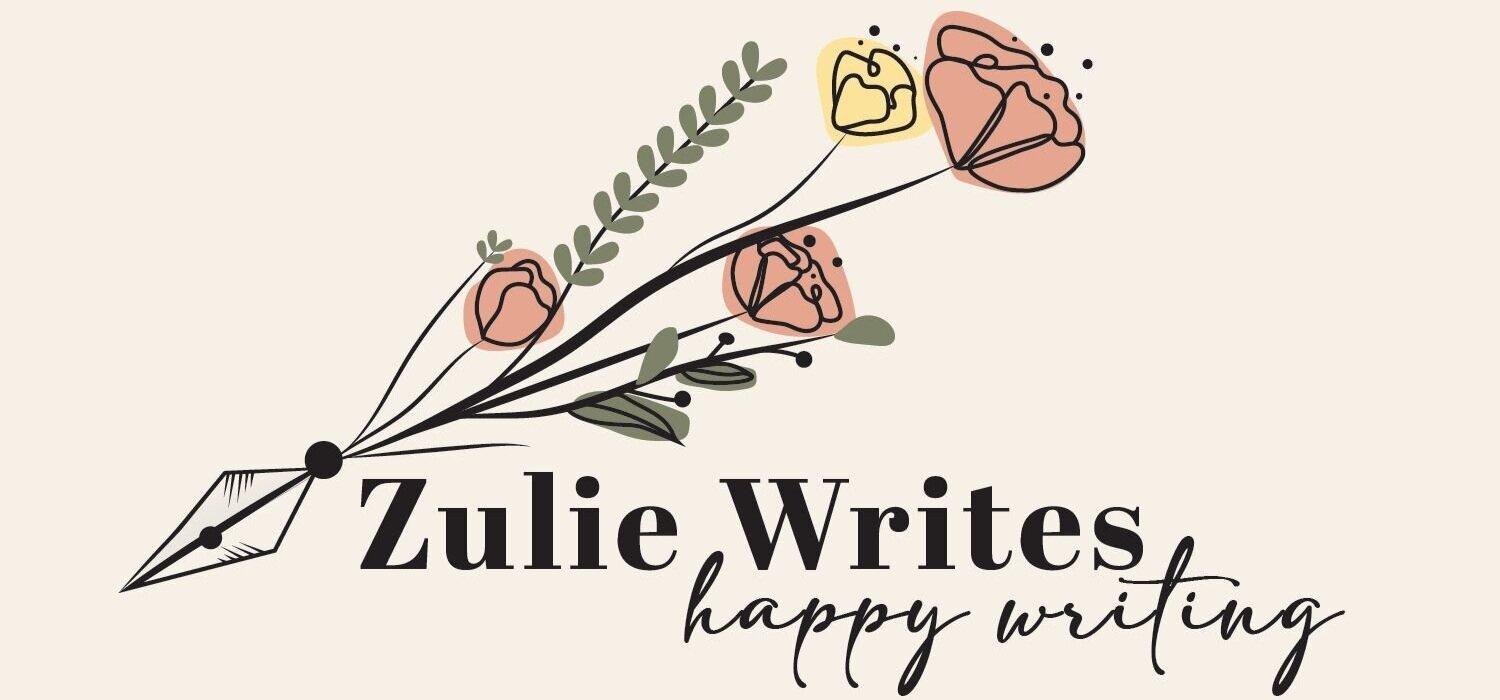How to Write a Comparison Essay From Start to Finish
Ah, how well I remember the panicked days of frantically googling “How to write a comparison essay?” and "what is a comparative essay"??" and even in my darkest moments, “what is an essay????”
Also called a comparative essay or a contrast essay, this type of essay is a kind of academic writing where you, the author, analyze any similarity or difference between two subjects.
These can be ideas, people, events, books, concepts, or other pretty much anything. The main point purpose of a compare and contrast essay is to shed light on the subjects and provide clarity on their relative characteristics.
Usually, you get assigned these as a student, or as a college essay assignment. But sometimes you have a professional writing reason to write them: perhaps writing research paper, maybe as a reviewer or a critic, or if you're a journalist or an academic. It's also a common essay prompt in exams.
They are actually one of my favorite types of essay writing because they involve a lot of research and giving opinions– which I adore doing.
Let's dive into exactly how to write one of these essays, step by step. For the sake of illustration, I'll be using the essay topic of contrasting and comparing my two cats, Astrid and Chumbo, as an example.
How sweet are these two!
Step Zero: Laying the groundwork: Pick two topics
(You can skip this if you already have topics selected.)
Part of the fun of any good research paper is selecting what you're going to compare and contrast. These are your main two goals:
Stay on target
Make sure you're not trying to compare apples to oranges.
The subjects you choose to compare should be relevant to the context or purpose of your essay. If you're writing for a literature class, pick two novels, or two characters. If you're in biology class, pick two separate evolutionary theories or two famous researchers.
Your subjects don't have to be identical, but they should have enough in common to warrant a comparison – hence the essay. For instance, comparing two different genres of music can be insightful, but comparing music to a type of food might be too disparate unless you have a very specific and unique angle in mind.
Tip: I find it useful to outline my essay before I start my writing process, just to make sure I'll have enough to compare and contrast on. If you're hesitating, go ahead and follow the steps in an essay outline format, rather than writing the whole thing.
If you're really struggling, you can use a Venn diagram to visually understand the difference and similarities between your topics before writing anything.
Step One: Begin at the beginning
Every essay needs an introduction, and a compare and contrast essay is no different. Your comparative essay introduction should include:
An introduction of each topic. Briefly explain to your reader what each topic is.
A thesis statement. This is where you'll spoil the ending and explain which of the two topics you prefer best, and why, or explain why you're comparing or contrasting the two topics.
For example, my essay introduction could be something like:
“Since getting my two cats, Astrid and Chumbo, people have often asked me which my favorite is. Astrid is smaller, more cuddly, but also more anxious. Conversely, Chumbo is large and in charge – but not as affectionate. In this essay, I'll compare and contrast the two cats.”
The first sentence is my thesis statement, and the next statement shows a brief intro of each topic for my contrast essay.
Writing a good thesis statement
Your main goals: be clear, tell your readers what they should take away from all your research, and be the heart of your essay.
Here are some examples:
Both Darwin's theory of evolution and Lamarck's theory of evolution provide insights into the development of species, but they differ fundamentally in their explanations of trait inheritance.
While both '1984' by George Orwell and 'Brave New World' by Aldous Huxley depict dystopian futures, they differ significantly in their portrayal of individual freedom and the means of societal control.
You can see that these are specific, direct, and let you build on these to draft your contrast essay to completion.
Step Two: Research time.
I remember when I first wrote my very first contrast essay. We were assigned to write a comparison between sea and tree octopodi.
Hilariously, if you google Tree Octopus, you do get a hit. But it's all fake information, created to help teach students not to rely on everything they read on Google (or ChatGPT, more probably in these days).
For your important textual evidence – AKA the specific details, quotes, facts, or information from a text (like a book, article, or document) that you use to support the details in your essay – you want something a little more reliable.
Where will you find the information you need for this contrast essay? Here are my three tips to stay sharp and make sure you're only writing based on real, trustworthy info:
Start with Scholarly Databases: Platforms like Google Scholar, JSTOR, or PubMed have loads of academic papers and articles.
Use Libraries: Physical and online libraries have curated collections of books, journals, and more. Librarians are also an excellent resource to ask for help or direction.
Evaluate Online Sources: Not all online sources are created equal (as we've seen). Check the author's credentials, the publication date, and the reputation of the website or publication.
Step Three: Pick your poison.
Luckily for you, there are two pretty widely accepted methods of writing a comparative essay: the Block Method and the Point-by-Point Method.
Block Method
With this method of writing, each of your two topics gets its own contrasting section, or block. You'll first write a sentence introducing your two topics, like, “In this essay, I will compare and contrast Astrid and Chumbo.”
This is known as your topic sentence.
Then, dig into Topic A, detail by detail, each housed in a body paragraph. After that, you'll explore your second subject, by the same points, paragraph by paragraph.
For example, my contrast essay could compare Astrid and Chumbo like this:
Topic A: Astrid.
Physical appearance: slender, long, orange and white fur, pink nose
Personality: nervous, goblin-like, cuddly
Likes and dislikes: Loves tuna, cuddles. Hates being alone, dogs.
Topic B: Chumbo
Physical appearance: chunky, floofy, big
Personality: friendly, clownish.
Likes and dislikes: Loves chicken, going outside. Hates rain.
You can see how I contrast the two topics by section.
By contrast, a point-by-point essay is structured by individual points, rather than topic. Each paragraph should cover one argument for both topics.
For example, in my hypothetical Astrid vs Chumbo compare and contrast essay, I might structure it like this:
Item A: Physical appearance
Astrid: slender, long, orange and white fur, pink nose
Chumbo: chunky, floofy, big
Item B: Personality…
And so on for each point. This allows you to highlight each similarity and difference, even very subtle differences, to better effect.
When should you use each type of essay structure?
Each essay type has its place, though I prefer the PbP method almost always for an entire essay, and only use the Block Method if I'm including a section on differences inside a difference kind of essay, such as a reflective essay or a narrative essay. For lengthy essays, the PbP is clearest.
P-b-p method:
Use this one for deeper, more detailed essays where you don't want your reader losing track of where they are in a longer paragraph.
Here's a contrast essay example that uses this method on Netflix vs Hulu.
Block method:
By comparison, use this one when you want to compare things on a more casual level, or if you're only writing a short section to contrast two topics.
Here's a contrast essay that uses the block method, looking at the difference between certain drugs.
Step Four: The comparison or contrast touches
One of the criterion of writing that distinguishes this essay from other kinds are the transitional words used throughout.
Here's a list of some of the best transition words to use:
Comparison Transition Words:
in comparison
in the same way
comparably
equally
equivalently
in a similar manner
likewise
similarly
moreover
"Astrid is a very loyal cat, in that she never leaves my side. Comparably, Chumbo is not as physically snuggly, but he will almost always be in the same room as me."
Contrast Transition Words:
but
conversely
however
in contrast
on the contrary
on the other hand
otherwise
rather
though
whereas
yet
“In terms of size, Chumbo is a hefty 22.4 pounds, whereas Astrid is a daintier 12.3 pounds.”
Step Five: Bring it home.
Last but not least, you'll want to write a comparative essay conclusion repeating either your learned opinion on the better of the two, or explaining what the reader should take away.
Normally, writers find it easiest to simply reword their thesis statement, highlight some of the most compelling reasons why, and call it a day.
“In conclusion, Astrid and Chumbo are both superb cats, each with their own merits. Astrid is snugglier and more affectionate, while Chumbo is the more handsome of the two, and has a goofier personality.”
There should not be any new information in the conclusion.
And you're done! You've written your essay like an absolute champ. Hand it in and congratulate yourself on a job very well done.
FAQ Section
Still have questions? Here's the FAQ section.
How long should a comparison essay be?
As long as it needs to be! If you're in high school, it's probably on the shorter end - 300 to 500 words or so. If you're in college, it's probably closer to 1000-2000 words. If it's a professional assignment, you (or your boss) knows better than me.
Can I compare more than two topics in one essay?
Certainly. For the block method, just add another block, repeating the same items per block. For the PbP method, simply include the information on your third (or nth) topic per point.
What if I can't find enough similarities or differences?
Then that means you either haven't done enough research, or you didn't pick good topics. Go back to the drawing board, dig through some more papers or articles on the subject, and try again.

